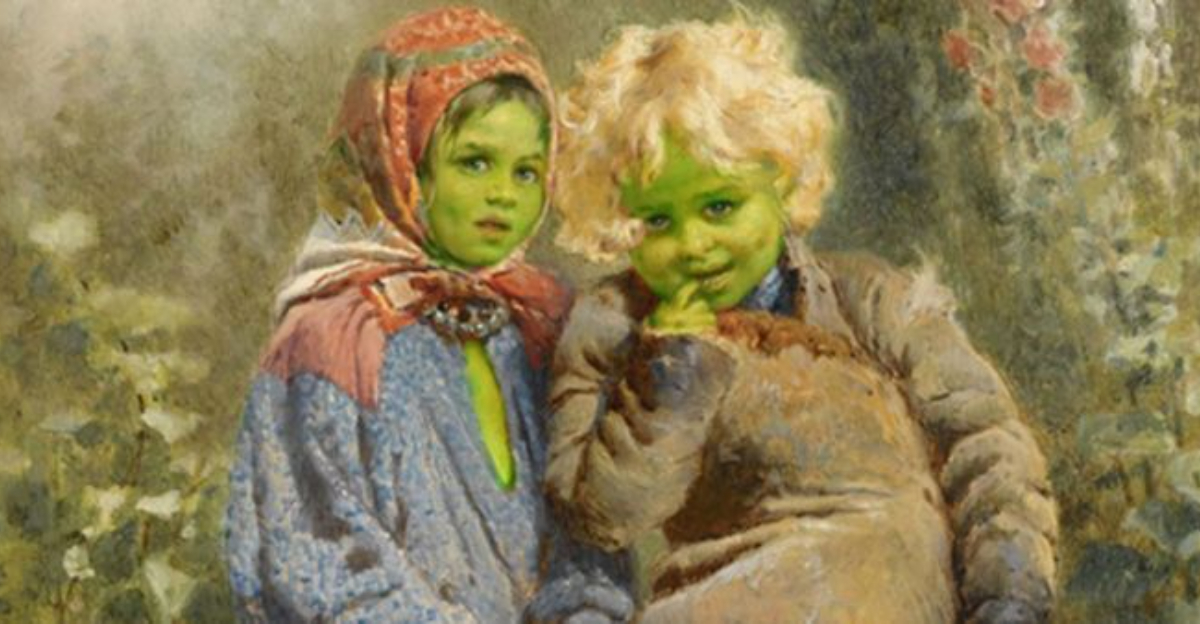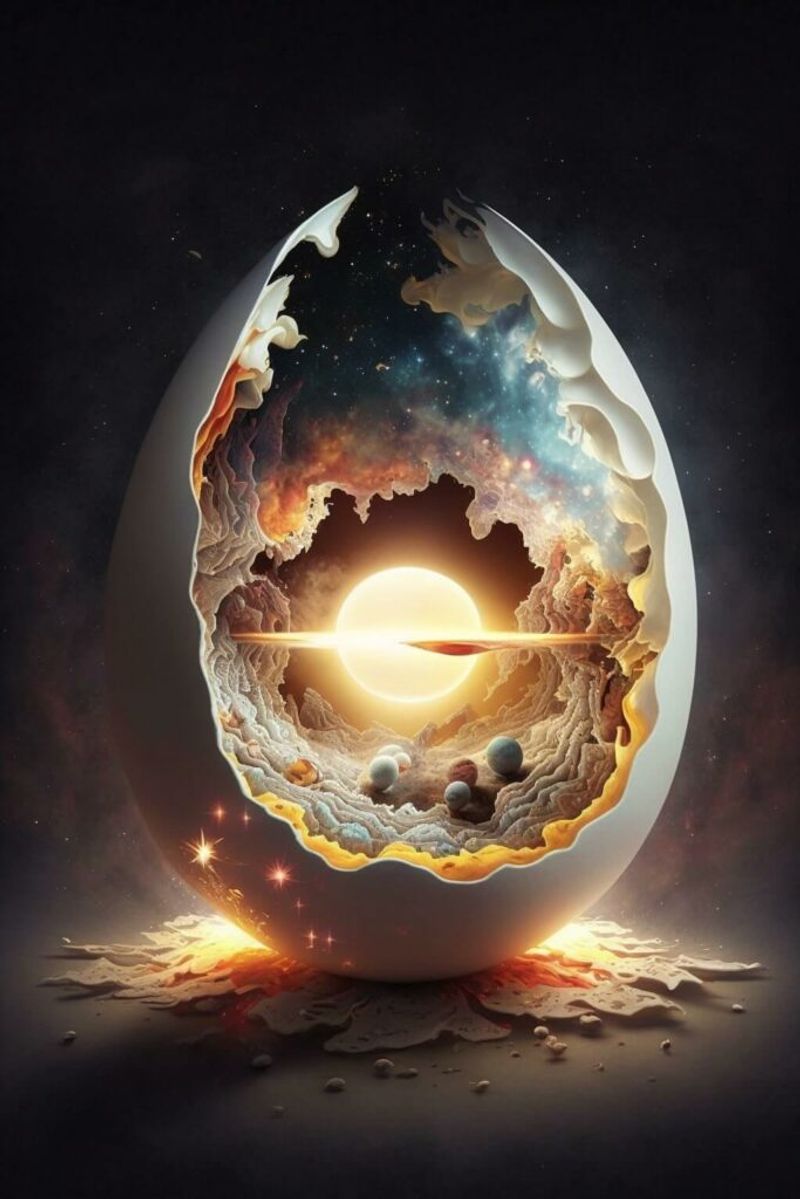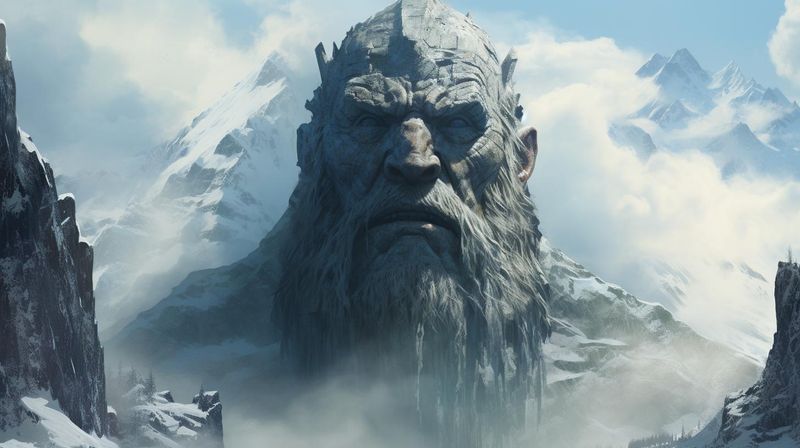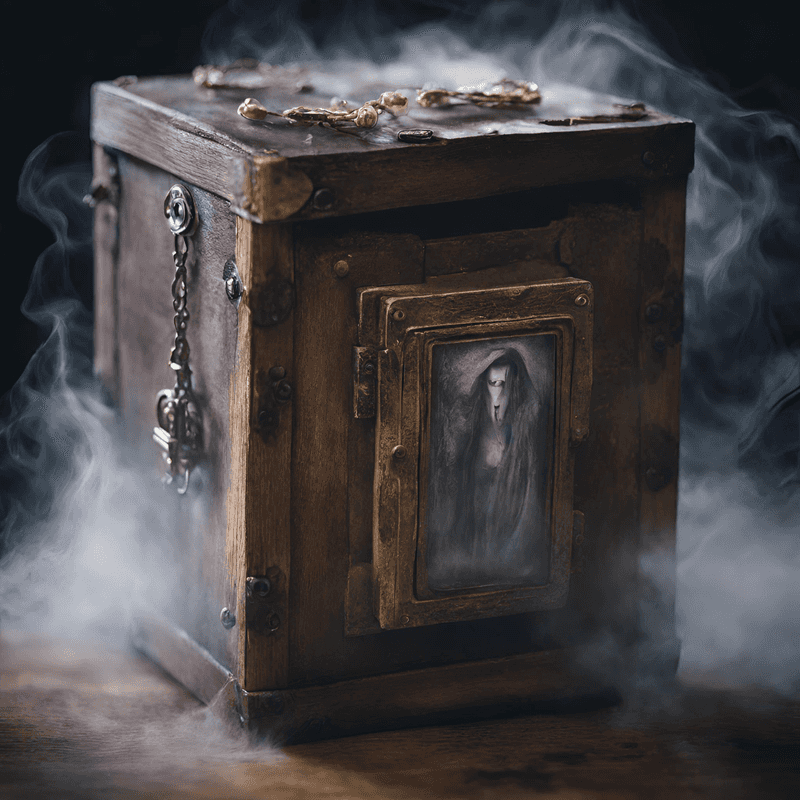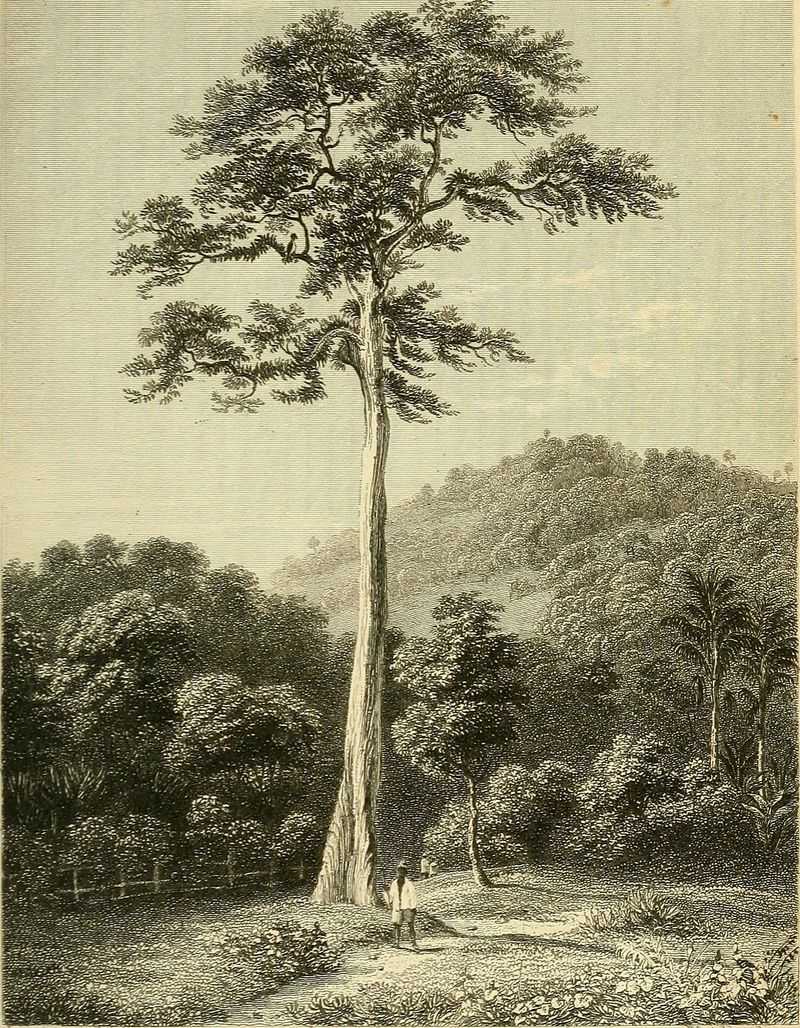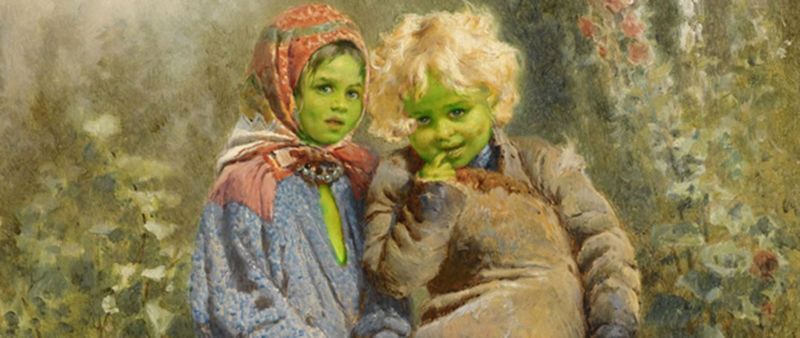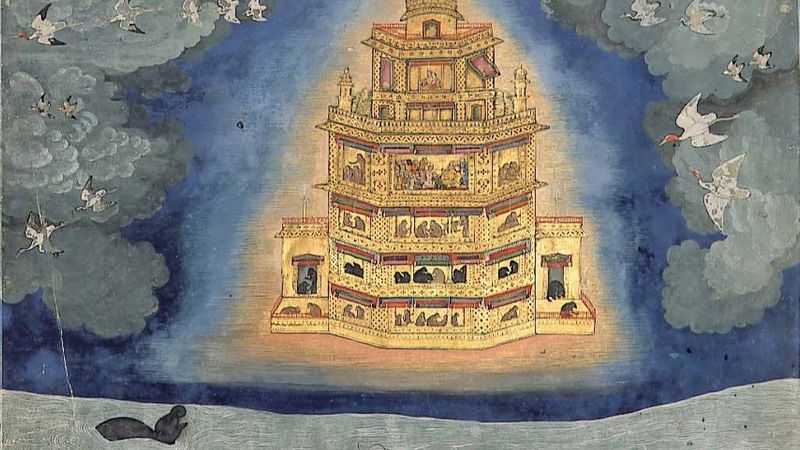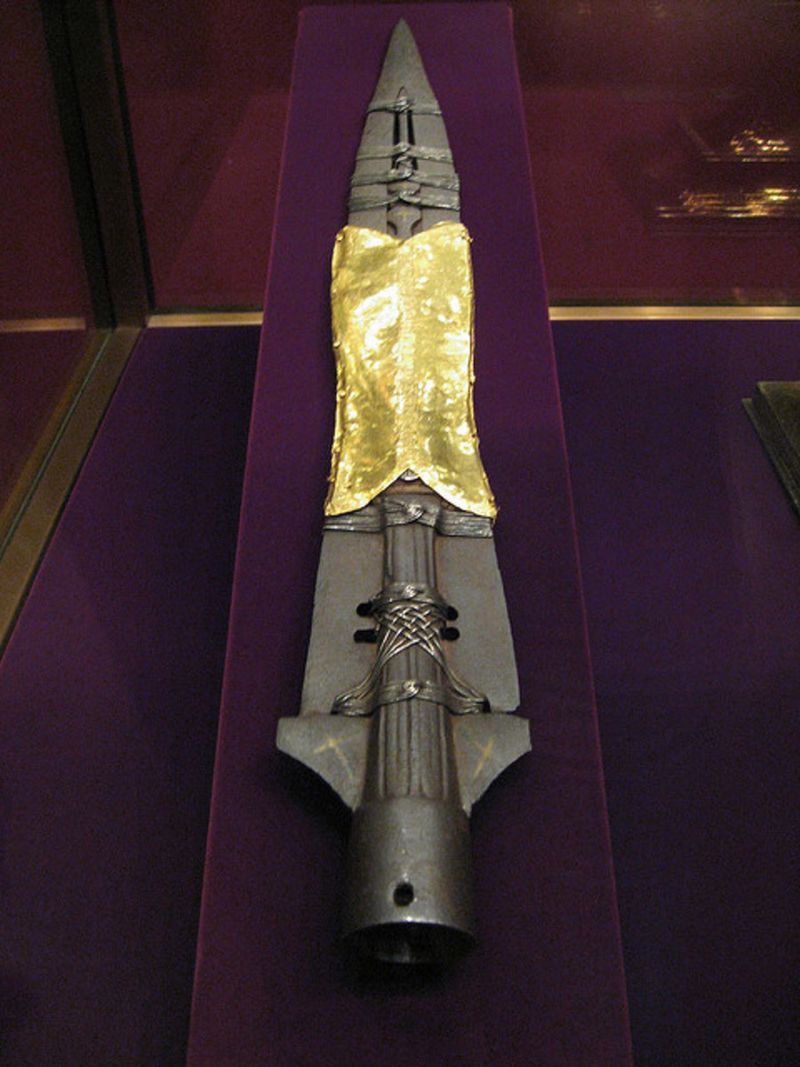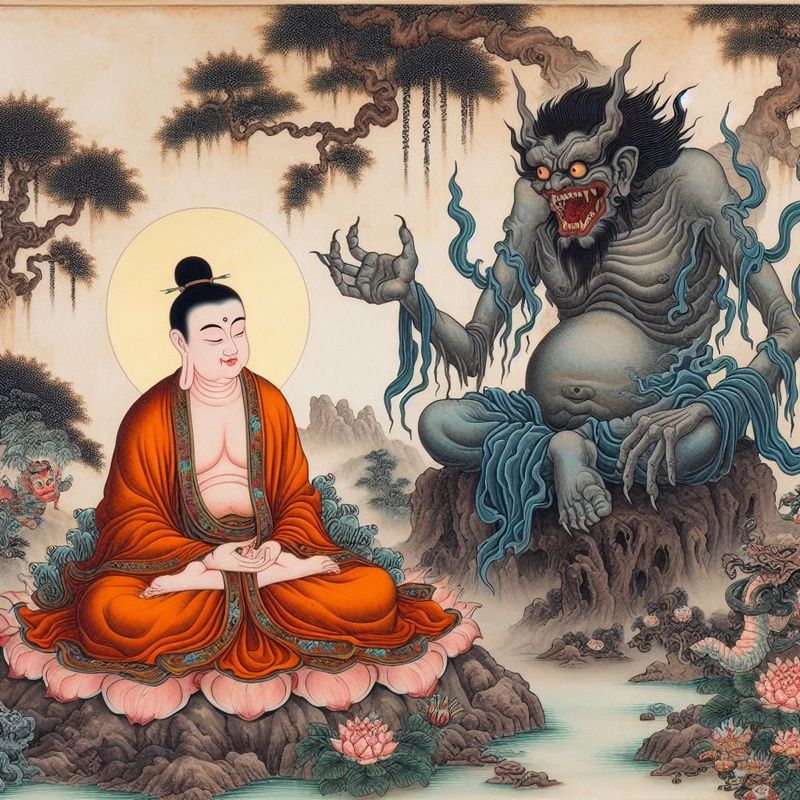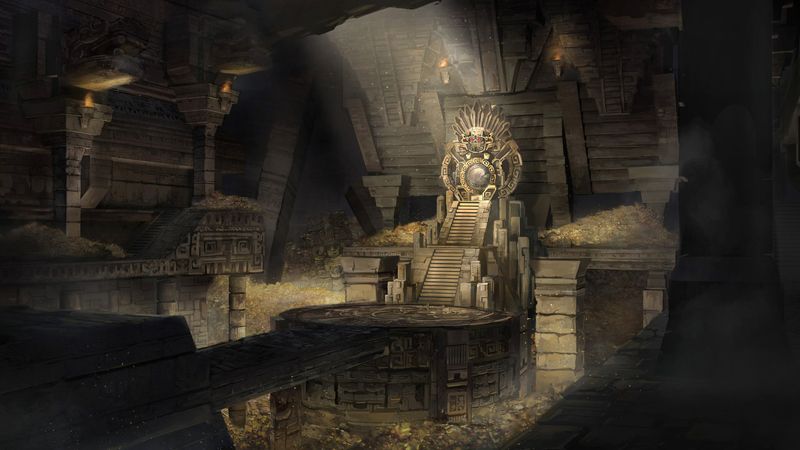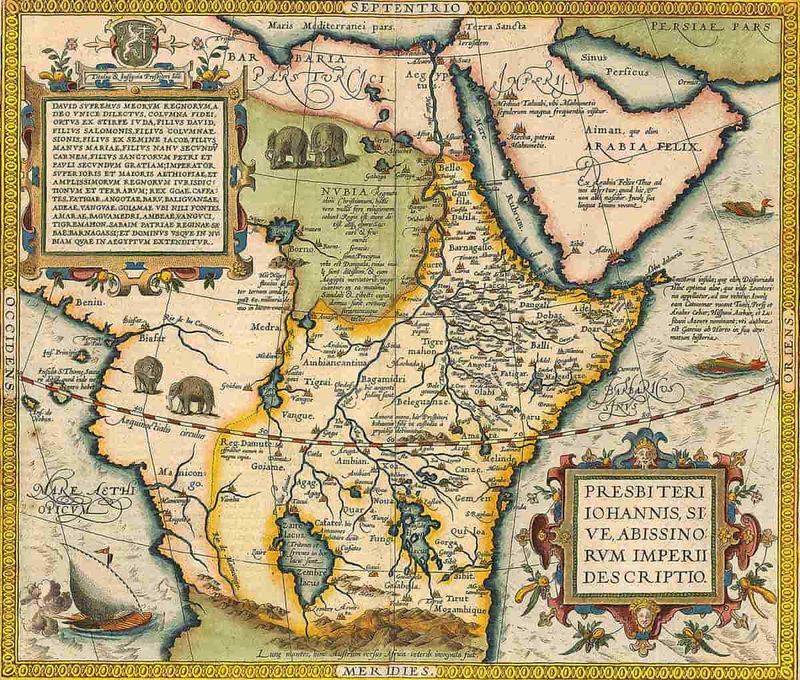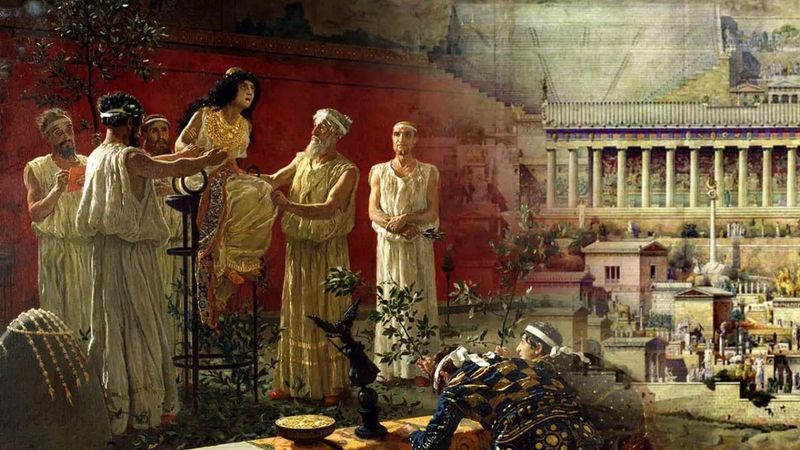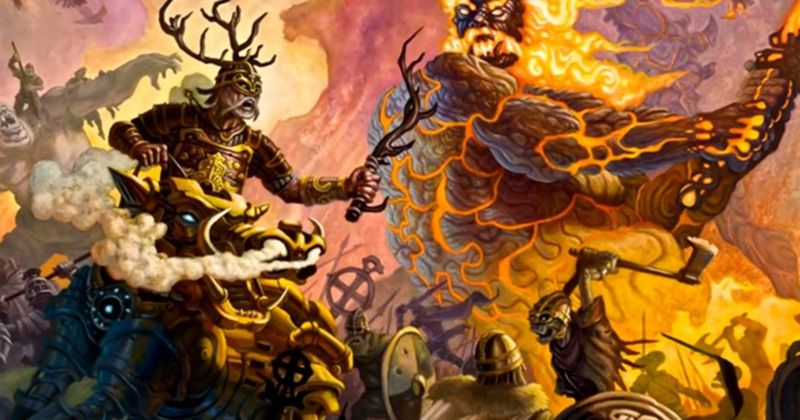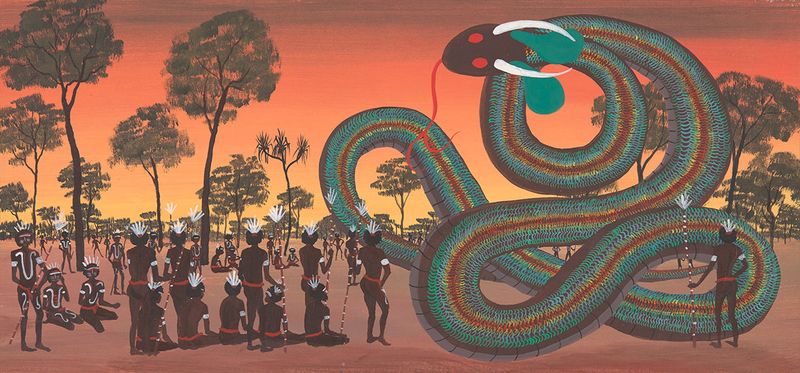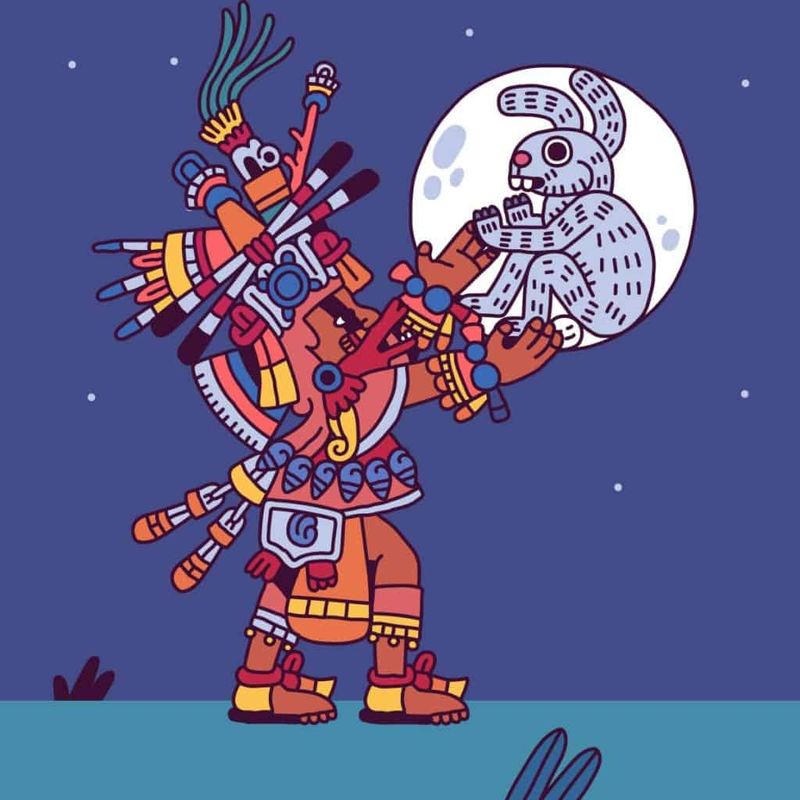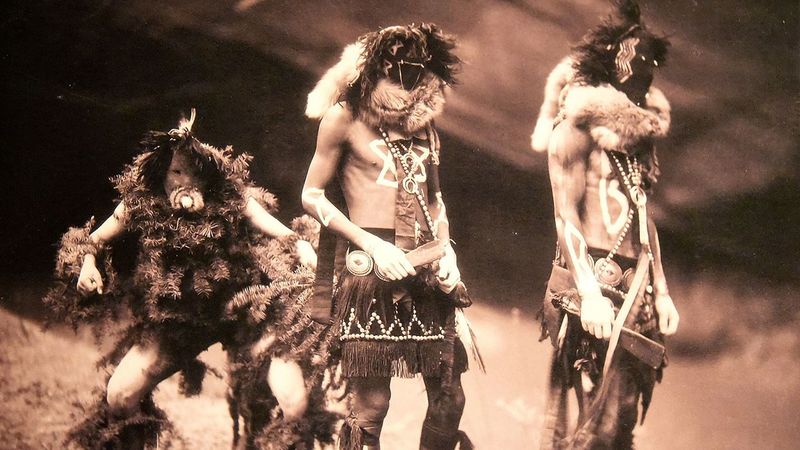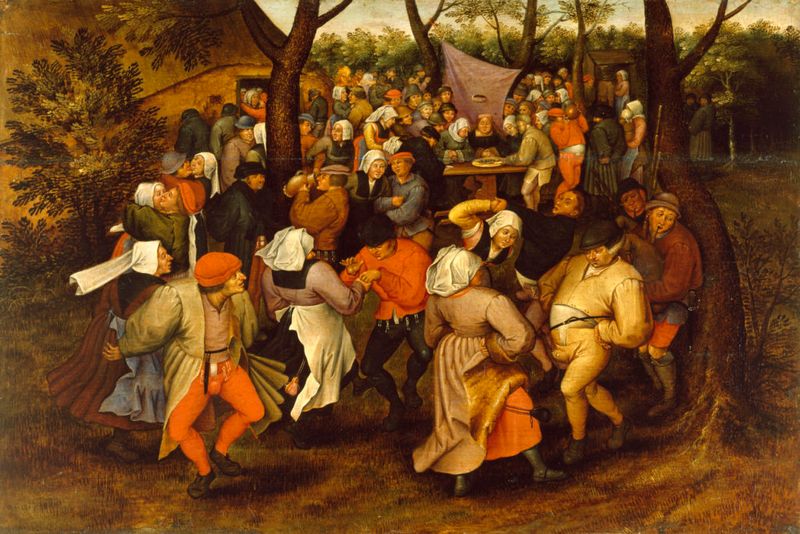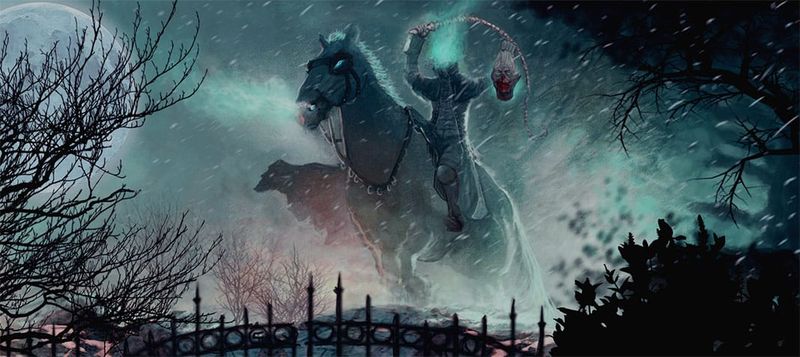Throughout history, ancient cultures have crafted extraordinary myths that boggle the mind and challenge our perception of reality. These stories, ranging from creation myths to eerie supernatural tales, reveal the human imagination’s boundless nature. Plunge into the peculiar and mystical as we explore these 20 strangest myths that continue to intrigue and mystify.
1. The World on a Turtle’s Back (Iroquois)
This Iroquois legend explains creation as a delicate balance of nature and cosmic harmony.
The story symbolizes the interconnectedness of life. The turtle, sacred in many Indigenous cultures, embodies longevity and wisdom.
“It’s turtles all the way down,” they say, hinting at an infinite mystery. The tale challenges conventional notions of what supports our existence, making reality a mind-bending concept.
Did you know? Similar myths appear globally, highlighting cultural parallels.
2. The Cosmic Egg (Hindu, Egyptian, Greek)
This myth illustrates creation as a cyclical process, with the egg representing potential and rebirth.
In Hindu mythology, the egg is known as Hiranyagarbha, or “golden womb,” symbolizing the universe’s beginnings.
Both the Egyptian and Greek variations emphasize the emergence of order from chaos. This myth transcends cultures, offering a unifying perspective on existence.
Did you know? The cosmic egg has influenced philosophical and scientific thought throughout history.
3. Ymir’s Body (Norse)
In Norse mythology, Ymir, the primordial giant, became the very fabric of the world. His flesh turned to earth, blood to oceans, and skull to sky, crafting a universe from a being’s remains.
This myth reflects Norse beliefs about life and death’s interconnection, where creation emerges from destruction.
The imagery of a world built from a giant’s body is both awe-inspiring and grotesque, capturing the harsh beauty of Norse cosmology.
Did you know? Ymir’s tale echoes in modern fantasy, influencing narratives of world-building and cosmic order.
4. The Dybbuk Box (Jewish folklore)
The Dybbuk Box, a haunted wine cabinet, captivates with its chilling tales of nightmares and misfortune. Said to house a malevolent spirit, owners report strange occurrences and ill luck.
Jewish folklore describes the Dybbuk as a restless soul, clinging to the living to resolve unfinished business.
The cabinet’s eerie legend inspired horror films, intensifying its mystique.
Did you know? The real Dybbuk Box’s story caught public attention in 2003, fueling both fascination and skepticism.
Its presence blurs the line between folklore and reality, leaving a haunting impression.
5. The Upas Tree (Indonesian myth)
The Upas Tree, a deadly myth from Indonesia, was rumored to kill any creature daring to approach. Birds supposedly dropped dead mid-flight near its toxic aura.
While exaggerated, this tale reflects humanity’s fear of nature’s lethal beauty.
The tree symbolizes the dangers lurking within unexplored territories and the mysteries of the natural world.
Did you know? The myth of the Upas Tree was popularized in Europe by explorers’ exaggerated tales, blending fact and fiction.
Its lore continues to captivate those curious about nature’s dark side.
6. The Green Children of Woolpit (Medieval England)
In medieval England, two green-skinned children mysteriously appeared in Woolpit village, sparking intrigue and speculation. Unable to speak the local language, they refused all food except beans.
Theories abound: were they aliens or time travelers lost in a distant land?
Their unique skin color faded over time, adding to the enigma.
Did you know? Historical records from the 12th century document this bizarre tale, inspiring countless interpretations and debates.
The story entwines folklore and reality, leaving an enduring mystery that challenges our understanding of the past.
7. Kusanagi-no-Tsurugi (Japan)
Kusanagi-no-Tsurugi, a revered Japanese sword, is said to control the wind and regenerate if broken. Lost to history, legends claim it sank in a shipwreck or lies hidden, awaiting rediscovery.
This myth epitomizes Japan’s deep connection with samurai culture and mystical weaponry.
The sword, part of the Imperial Regalia, represents divine authority and heroism.
Did you know? Kusanagi appears in numerous tales and has influenced modern media, symbolizing power beyond mere mortality.
Its legend endures, blending history with the thrill of the unknown.
8. Vimana Flying Machines (Ancient India)
Vimana, mythical flying machines from ancient India, captivate with descriptions of advanced technology and celestial battles. Mentioned in texts like the Mahabharata, they featured weapons resembling “iron thunderbolts.”
These accounts fuel theories of ancient UFOs, bridging myth and speculation.
The fascination with Vimanas reflects humanity’s eternal quest for flight and the mysteries of the skies.
Did you know? Modern enthusiasts link Vimanas to potential evidence of lost advanced civilizations.
Their story invites imagination, blending myth, history, and futuristic dreams.
9. The Spear of Destiny (Christian legend)
The Spear of Destiny, also known as the Holy Lance, is fabled to grant invincibility but curse those who lose it. Said to pierce Christ’s side, it carries immense spiritual significance.
Christian legend intertwines with historical intrigue, as figures like Hitler allegedly sought its power.
The spear’s allure lies in its blend of divinity and danger.
Did you know? Several spears claim authenticity, each shrouded in legend and mystery.
Its saga continues to captivate, merging faith with the eternal search for power.
10. The Hungry Ghost Realm (Buddhist)
The Buddhist concept of the Hungry Ghost Realm describes souls tormented by insatiable cravings but cursed with throats too narrow to swallow. This allegory warns of unchecked desires and spiritual imbalance.
In Buddhist teachings, these ghosts symbolize the suffering caused by greed and attachment.
Their plight serves as a moral lesson, encouraging mindfulness and compassion.
Did you know? The Hungry Ghost Festival in East Asia honors these spirits, blending tradition with reflection.
Their existence in cultural lore invites contemplation on the nature of human longing.
11. Xibalba (Mayan Underworld)
Xibalba, the Mayan underworld, challenges souls with deadly trials, including blood-filled rivers and rooms of lethal bats. This intricate myth reflects Mayan beliefs in the afterlife’s complexity and peril.
The underworld’s trials symbolize the journey of the soul through darkness toward enlightenment.
Its terrifying imagery captivates and horrifies, embodying the duality of fear and hope.
Did you know? Recent archaeological discoveries in Guatemala have uncovered caves believed to represent Xibalba.
The myth continues to intrigue, bridging ancient belief with modern exploration.
12. The Kingdom of Prester John (Medieval Europe)
The elusive Kingdom of Prester John, a medieval legend, entailed a Christian empire hidden in Africa or Asia. Fabled with fountains of youth and giant gold-mining ants, it sparked explorers’ imaginations.
The legend reflects medieval Europe’s blend of faith and fantasy, offering hope in an unknown world.
Prester John’s realm symbolized spiritual purity and untapped riches.
Did you know? The myth inspired real expeditions, blending maps with myth.
Its allure endures, reminding us of humanity’s quest for paradise and enlightenment.
13. The Oracle of Delphi’s Vapors (Greece)
At Delphi, priestesses inhaled mysterious vapors, uttering prophecies that guided ancient Greece. Science later confirmed the existence of these gases, grounding myth in reality.
The Oracle’s enigmatic predictions shaped history, influencing leaders and commoners alike.
Her visions, often cryptic, invited interpretation and introspection.
Did you know? The Delphic Oracle was considered the world’s center, where heaven and earth met.
Her legacy endures, a testament to the power of belief and the quest for divine insight.
14. Ragnarök’s Time Loop (Norse)
Ragnarök, the Norse apocalypse, foretells a world engulfed in fire and ice, only to see the same gods reborn in an endless cycle. This myth encapsulates life’s cyclical nature, blending destruction with renewal.
Norse warriors found meaning in this eternal struggle, embracing fate with courage.
The imagery of fate-bound gods intrigues and terrifies, embodying cosmic determinism.
Did you know? Ragnarök’s themes echo in modern narratives, symbolizing rebirth and resilience.
Its tale persists, a haunting reminder of inevitability and transformation.
15. The Dreamtime (Aboriginal Australian)
In Aboriginal Australian culture, The Dreamtime narrates how ancestors sang the world into being. This timeless story celebrates creation as a living, breathing dream.
The Dreamtime emphasizes the interconnectedness of all life, with every creature and landscape woven into the narrative.
Its teachings foster a deep connection to the land and its history.
Did you know? Dreamtime stories vary across Indigenous groups, each offering unique insights.
The myth invites reflection on reality’s fluidity and the power of storytelling.
16. The Moon Rabbit (China, Japan, Aztec)
Multiple cultures, including China, Japan, and the Aztecs, envision a rabbit residing on the moon, pounding rice or medicine. This charming myth bridges cultural divides, uniting humanity under a shared celestial narrative.
The rabbit, a symbol of prosperity and longevity, reflects the moon’s enigmatic allure.
Its presence in diverse myths highlights shared human wonder.
Did you know? Lunar festivals often celebrate this myth, linking the Earth and sky in harmony.
The moon rabbit’s tale endures, enchanting storytellers and dreamers across generations.
17. The Flat Earth’s Dome (Ancient Near East)
In the Ancient Near East, the world was envisioned as flat, with a solid dome sky containing cosmic waters. This model reflected early humanity’s quest to understand the cosmos.
The belief in a protective dome symbolized security amidst cosmic chaos.
Its imagery, simplistic yet profound, offered a tangible grasp of the universe.
Did you know? This worldview influenced early maps and religious texts, illustrating human curiosity.
The myth challenges modern perceptions, inviting reflection on humanity’s evolving cosmic understanding.
18. The Navajo Skinwalker (Native American)
In Navajo culture, Skinwalkers are feared shamans capable of transforming into animals. Their presence evokes both intrigue and dread, as speaking their name invites them near.
These shape-shifters symbolize the duality of nature and the thin line between good and evil.
Their legend warns against misuse of spiritual power.
Did you know? Skinwalker tales continue to influence modern horror, reflecting deep cultural roots.
The myth endures, a haunting reminder of the unknown’s allure and danger.
19. The Dancing Plague of 1518 (Europe)
In 1518, Strasbourg witnessed a bizarre dancing plague, where hundreds danced for weeks, some to their deaths. This mysterious event remains unexplained, blending historical fact with eerie legend.
Theories range from mass hysteria to poisoned food, each adding layers to the enigma.
The plague’s surreal nature captivates, echoing humanity’s fear of losing control.
Did you know? Similar incidents occurred throughout Europe, fueling both fascination and alarm.
The dancing plague’s tale persists, a curious blend of history and myth.
20. The Headless Horseman’s Origin (Celtic myth)
The Celtic myth of the Dullahan, a headless horseman, chills with its spectral imagery. Riding a black steed, it carries its own head, foretelling death to those who hear its call.
This eerie figure embodies mortality’s inevitability and the fear of the unknown.
The myth’s haunting presence lingers, influencing tales like “The Legend of Sleepy Hollow.”
Did you know? The Dullahan is part of a broader folklore pantheon, each figure weaving a tapestry of myth.
Its legend endures, a spectral reminder of life’s fragile nature.
